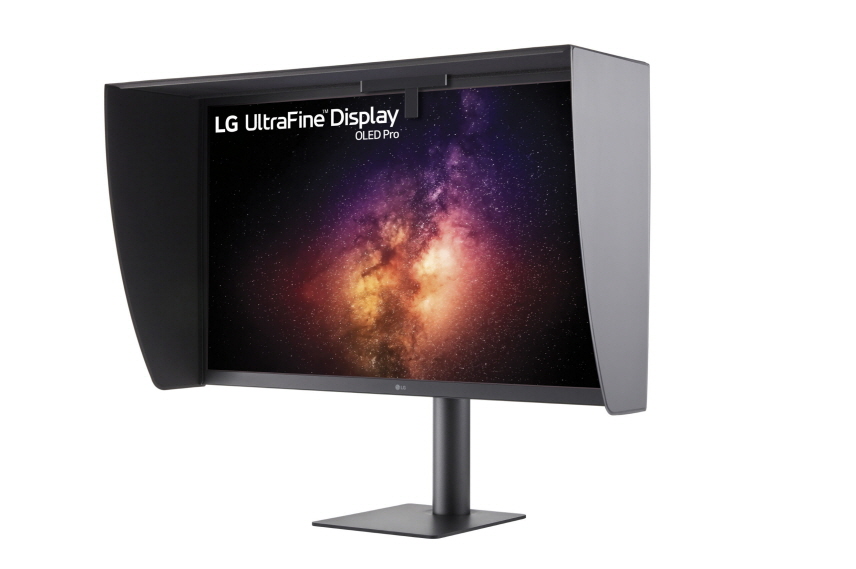
LG in December announced the launch of its new 2022 32-inch UltraFine OLED Pro display, and in our latest YouTube video, we went hands-on with it to see how it compares to Apple's Pro Display XDR and whether it might be worth picking up depending on the price point.
Subscribe to the MacRumors YouTube channel for more videos.
Officially named the "32BP95E," the display features a resolution of 3840 x 2160, so it's 4K, and it's OLED with all of the benefits that come with OLED technology. It's technically 31.5 inches, but LG is rounding up to 32.
The LG OLED Pro display is designed for professionals, and it's not unlike the Pro Display XDR in that regard. It boasts impressive color accuracy, and it's limited to 60Hz so it's definitely a display for creatives and not for gaming or content consumption.
It looks similar to most other LG monitors, and it comes with a solid selection of ports like USB-C, 2 DisplayPorts, an HDMI port, three USB-A ports, and a headphone jack. It offers tilt and height adjustment, and it can be used vertically.
There's also a monitor hood to reduce glare and built-in color calibration tools, both of which are upgrades from the prior model, but there are no real standout features even though it does look impressive. Make sure to take a look at our YouTube video for a full feature overview and to see it in action.
LG has not released pricing or provided details on when the display is going to be available, but the prior model cost $4,000, so it's not going to be cheap when it comes out.
For those who might be interested in this display, there are rumors that Apple is working on its own Apple-branded display options that could come out in 2022, so it may be worth holding out on a purchase to see how rumors progress.
Current information indicates that there are 24, 27, and 32-inch displays in the works. The 32-inch display is likely to be a Pro Display XDR replacement, but the smaller displays are expected be more affordable (possibly around ~$2000) and closer to replacements for the now-discontinued Thunderbolt Display.
Article Link: Hands-On With LG's 32-Inch UltraFine OLED Pro Display


